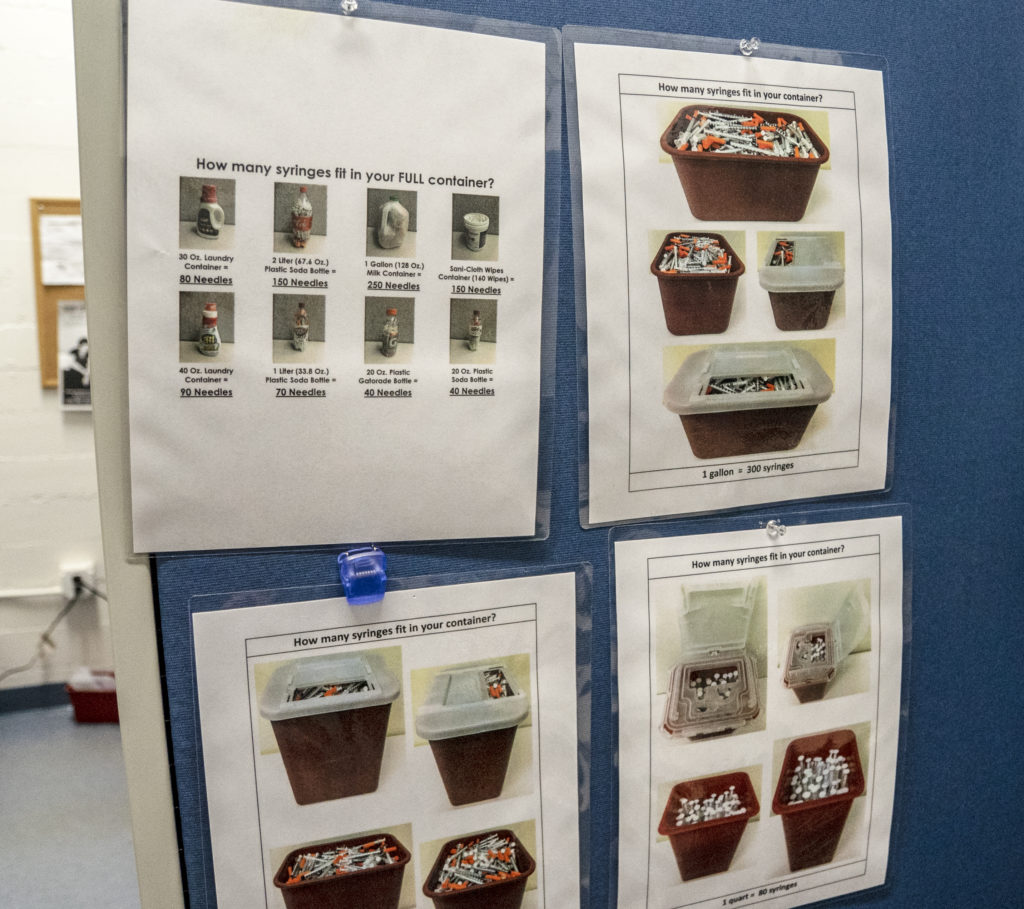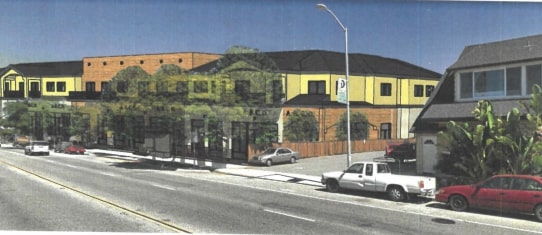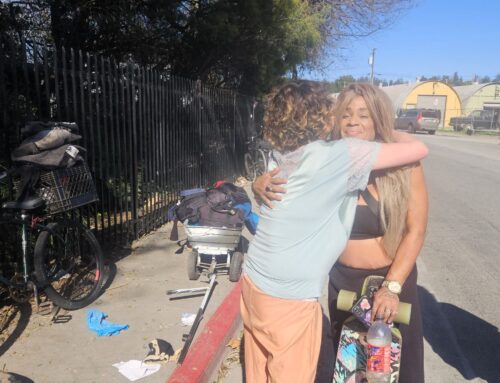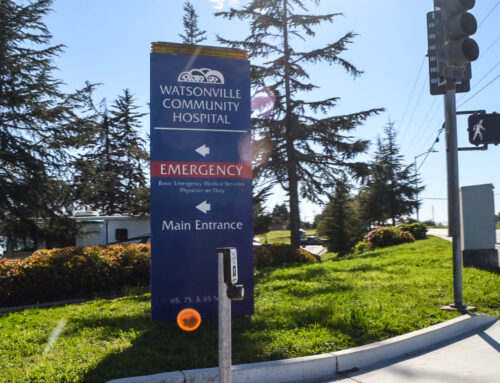SANTA CRUZ >> Santa Cruz County’s syringe exchange program will expand its hours but allow fewer needles to be exchanged, county supervisors decided Tuesday.
The moves come on the heels of a new county study aimed to understand the benefits and problems with the county’s syringe exchange program.
Part of the study suggested that more hours at exchange sites would lead to more syringe collection and staff interaction with drug users. Staff tries to build rapport with clients and encourage treatment.

The Board of Supervisors directed county staff to add two hours per week of syringe exchange services at the program’s two sites: 1050 Emeline Ave. in Santa Cruz and 1430 Freedom Blvd. in Watsonville. The Santa Cruz site is now open 14 hours a week and the Watsonville program is open 5 hours a week.
The board also voted to limit the number of syringes that can be given to clients who exchange syringes for others. The county program had allowed people to exchange syringes for themselves and up to 10 people, capped at 1,000 syringes per visit. Supervisors Tuesday voted to limit exchanges for a client and up to two other people — effectively reducing the maximum syringes handed out from 1,000 to 300, according to staff of County Supervisor Bruce McPherson.
The change starts in January. The program exchanges needles one-for-one based on weight or estimated volume of containers.
The cap on 300 needles per visit is important because a volunteer, secondary exchange that works with clients in areas outside county buildings has relied on hundreds more needles exchanged with the county at no cost. That group — the Harm Reduction Coalition of Santa Cruz County — has applied for a separate state certification to exchange needles on its own. A 45-day public comment window opened Friday on the group’s application. To comment, visit tinyurl.com/syringe2020.
The changes come as county leaders grapple with how to reduce deaths and disease among intravenous drug users while balancing the quality of life of residents who have found syringes in parks and on beaches for years.
A woman at Tuesday’s meeting said that day she collected seven discarded syringes in the Seabright neighborhood during a 15-minute walk.
County Board Chairman Ryan Coonerty said the supervisors have steadfastly supported syringe exchange because it is a proven public health best practice. But he questioned why county staff gives out so many needles.
“Santa Cruz County gave out almost 600,000 needles last year. San Mateo County, Santa Clara County and Monterey County gave out 454,000 needles combined,” Coonerty said. “Their populations are 10 times our population. So on a per capita basis, we’re giving out 14 times all of our adjacent counties combined. So what is going on here?” Coonerty asked. “Their disease rates are lower, for the most part, than ours are. And their poverty rates are higher in two of the three counties.”
County Health Services Agency Director Mimi Hall said Santa Cruz County’s program tries to minimize the spread of disease which is the best practice of public health nationwide.
“There can be counties that have a great degree of addiction. But for political reasons or other reasons, they simply don’t have an exchange or they have a very constrained syringe services program,” Hall said.
“When we come from a public health perspective, we’re trying to reduce disease transmission and risk. And that risk exists when we have people who use drugs. And we do, and our data shows that we do. And that risk exists when they don’t have access to clean needles. It’s as simple as that. So if we can eliminate that, if we can eliminate the presence of needles, we can eliminate the needle exchange. And my dream is some day we can get there. But really, the truth of the matter is that data does show that we are somewhat different from our Bay Area counterparts. I cannot tell you why,” Hall said.
Other parts of the county’s approach include county-funded drug treatment programs to reduce the demand for needles. The county also approved money Tuesday toward a $7.2 million contract with Janus of Santa Cruz and a $965,000 contract with Sobriety Works.
IN OTHER NEWS
NEW RULE LIMITS MOBILE HOME PARK CLOSURES
County supervisors advanced a new law that would make it harder for mobile-home park owners to close and kick out tenants in unincorporated county areas.
Supervisor John Leopold said the new law would require mobile-home park owners to find housing in Santa Cruz County for residents displaced in a closure. It also would require owners to get a permit from the county before a mobile home park is closed.
“We have to do everything we can do protect mobile and manufactured home residents in our county,” Leopold said at Tuesday’s meeting. “Mobile home parks provide the largest stock of affordable housing” in the unincorporated county areas, he said.
A few dozen mobile home park residents from more than eight mobile home parks crowded the county chambers to support the measure. The board adopted it 4-0 with Supervisor Zach Friend in support but absent. A second reading of the new county law is expected in January.
AB1482, a new state law that requires landlords to list a “just cause” for evictions, does not apply to mobile homes.
HOUSING, RETAIL PROJECT APPROVED ON PORTOLA DRIVE IN PLEASURE POINT
Supervisors on Tuesday unanimously approved a three-story project with one- and two-bedroom apartments above five shops at 3911 Portola Drive.

The development — in the works since 2006 — is the culmination of several community meetings about potential development near 41st Avenue and Portola Drive. The project approved Tuesday includes the current site of Black Pearl Tattoo and adjacent land on 1.2 acres.
Thirty-three housing units are expected to be built with four units slated for residents with very low incomes based on the county’s area median income. The units will remain for very low income residents for 55 years.
Each unit will have a bike locker. Ninety-eight parking spots on the site will include 23 spots for shoppers. The project will be two stories in the front and three stories in the back.
“This is a housing type that is much needed in the community,” said Lezanne Jeffs, a county project planner.
Supervisor John Leopold said he appreciated that the property owner worked with residents and the county to develop a broadly supported plan. Affordable housing advocate Tim Willoughby also said he supported the project at Tuesday’s meeting. No one spoke in opposition.
Stephen Baxter is a co-founder and editor of Santa Cruz Local. He covers Santa Cruz County government.





